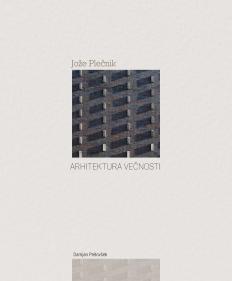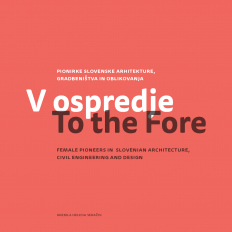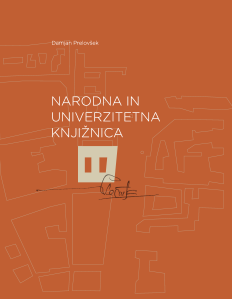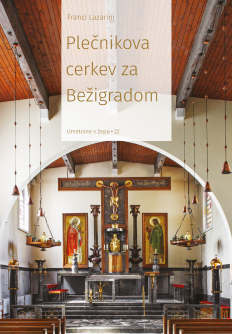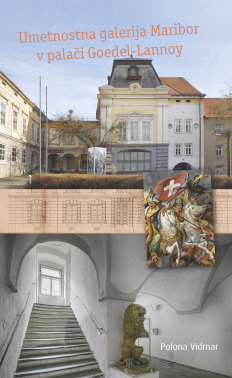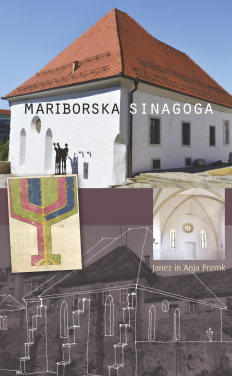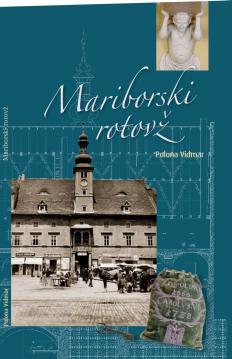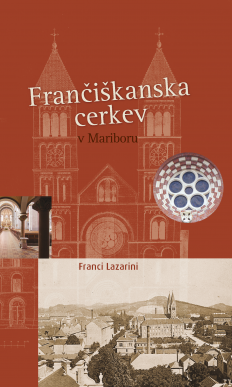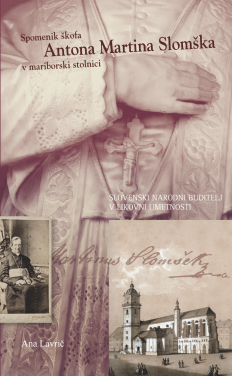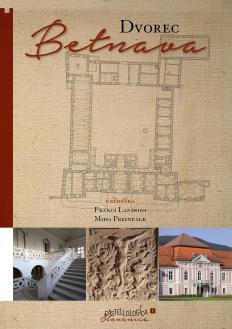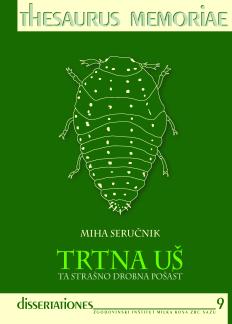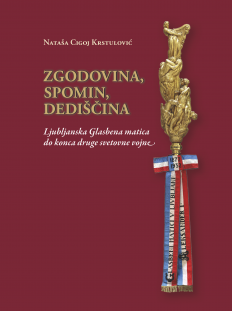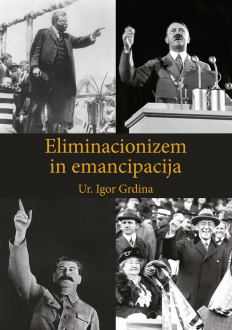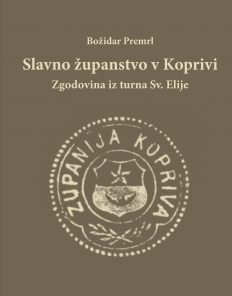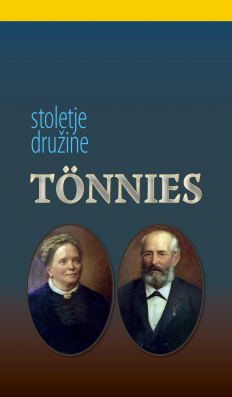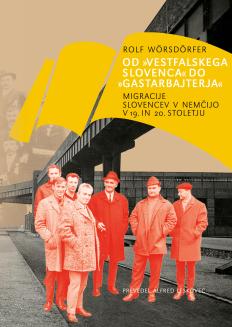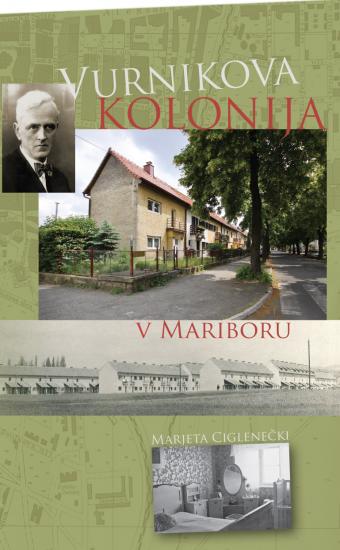
Architect Ivan Vurnik (1884–1971) was very interested in the question of the workers’ residential colonies, one of the key problems at the beginning of the 20th century. Following the example of the so called Red Vienna, he published several plans of a family house with garden in the newspapers and reviews in 1927 and 1928, in order to improve the living standards of Slovenian workers. Only in Maribor, where growing industrialisation from the mid-19th century on resulted in rapid increase of population, the town council and mayor Alojzij Juvan accepted Vurnik’s plans. In 1928, the first 147 row houses were built in the Magdalena quarters, in 1929 and 1933 their number increased to 211. The Vurnik colony in Maribor is even nowadays still considered an outstanding example of residential family planning and building, with highly ethical standards in the profession of architecture as well as in the politics.
paperback 21 × 13 cm 60 pages
Keywords
19/20th century | domestic architecture | Maribor | Slovenian architecture | Vurnik, Ivan